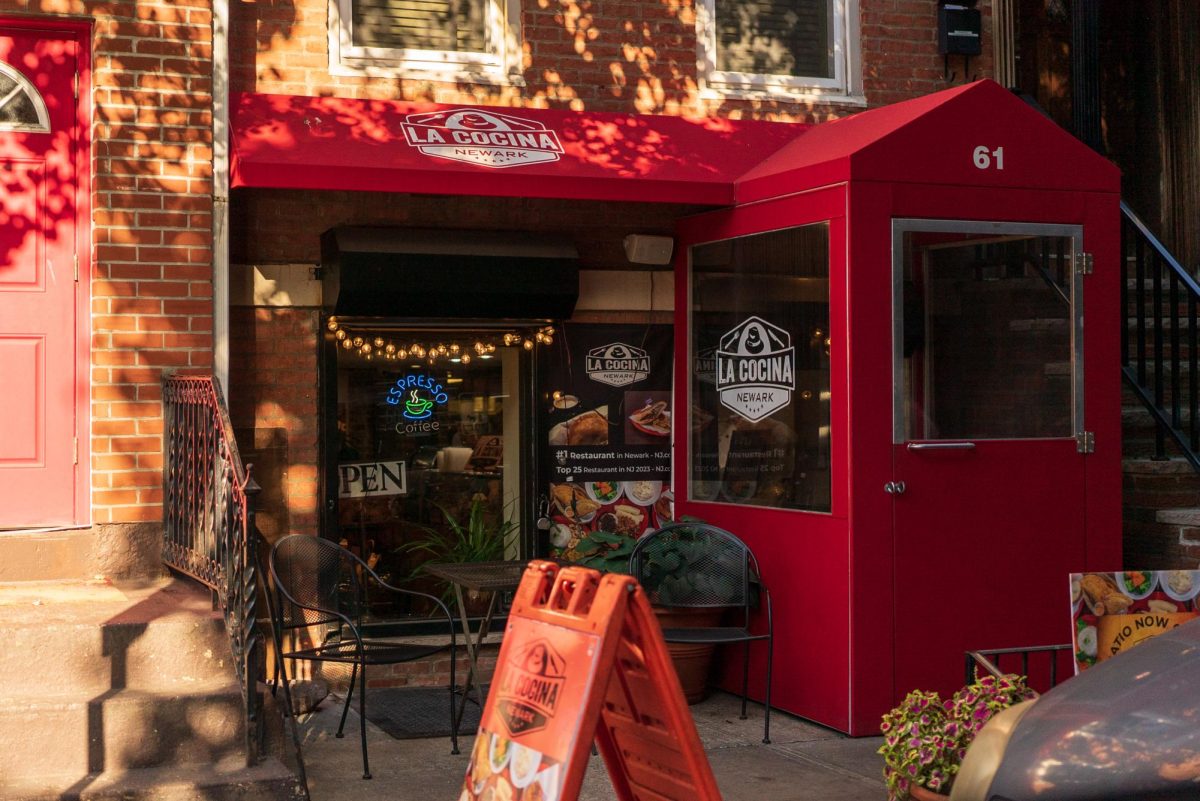This past summer marks four years of being a vegan for me, and—what I believe to be even more of an accomplishment—one full year of eating plant-based on a college campus with relative ease. I first went vegan when I began to focus more on my fitness with swimming and weightlifting. Skeptical, I was sure to track my macronutrients closely and was met with unbounded energy that filled my previously more drudging days. I continue to follow and advocate this lifestyle for ethical and environmental reasons. Whatever your interest level, eating more plant-based offers certain health benefits preventative to heart-related diseases and cancer.
Of course, it is certainly more difficult to find vegan options on campus. Beyond that, while veganism offers various health benefits, it’s imperative you do it right and are receiving all the proper macronutrients and vitamins, especially while transitioning. That being said, to celebrate World Vegan Day, Friday, Nov. 1, I’d like to provide a guide to eating vegan on campus and doing so as easily and as healthfully as possible.
Doing it Right:
In order to make sure you are eating enough and eating the right foods, I recommend you track your meals for the first few weeks. I used cronometer.com, which allows you to input the food you’ve eaten and identifies how you fall in the recommended daily value of all essential macronutrients, vitamins and amino acid breakdown. This was useful for getting a feel of what I needed to consume to hit recommended targets for protein consumption, and vitamins/amino acids such as calcium, iron, B12, polyunsaturated fats and lysine.
Once I had a feel of what foods were necessary to fulfill my nutrient breakdown, I began to eat vegan more instinctively. Whenever possible, I attempt to follow the plate method, as depicted below:

Eating Around Campus:
Veganism has become more mainstream since I started out and I’ve noticed that nearly every restaurant seeks to provide at least one vegan option. Usually, eating out in Newark requires only a quick online search to identify the vegan options on the menu, or if necessary, what adjustments I will have to make to a meal, which can often be done by asking to omit small items with animal products. This saves you from any anxiety before entering a restaurant.
Restaurants that are very vegan friendly include Fresh Coast, 9 Thai, Sigri Grill, Ramen Gami, Fukurow and Playa Bowls. That being said, I’ve yet to find a restaurant in Newark that could not possibly cater to vegans. Besides the regretful stomachaches, some of my favorite memories were at restaurants characterized by animal product-heavy foods, such as the food trucks on campus, Resa Grill, RU Hungry?, Redd’s Biergarten and Tops Diner.
Anytime I’m studying late into the night and experiencing midnight cravings, I also don’t miss out on those shameful UberEats experiences. PETA has an extensive guide to eating vegan at fast food restaurants, and the options are only growing. The fast food restaurants with the most options that can be made vegan (while still being delicious) are Taco Bell, Burger King, Chipotle and Subway.
Eating in the Dining Hall:
I’m just as sick of eating the same foods every day at the dining hall as the next person. However, that doesn’t mean I haven’t had luck eating vegan at the dining hall. GDS has a long way to go to continuously cater to vegans, but with the chance to cook with fresh ingredients, I’ve had the chance to get creative. Here are some tips and meal ideas:
Breakfast:
- Berries with Oatmeal: Sauté berries with syrup to mix into oatmeal.
- Fruit Toast: Toast the whole range of bread and bagels, slather with peanut butter and top with apple and banana slices.
- Mushroom toast: For a late breakfast, sauté mushrooms with spices to top on toast spread with hummus.
- Potatoes: When in doubt, grab whatever fried potato option is available. Fry with peppers and onions from the omelet station.
Lunch & Dinner:
- Always check the vegan option in the entree station. When it’s not a slop of leftover vegetables, the dining hall often offers vegan protein alternatives that you can eat alone or with rice, bread, etc.
- On certain days there are taco or nacho bars at the carving station where GDS offers plant-based meat alternatives.
- The fajita station is always vegan friendly. Bring fresh tofu from the wok station or fried tofu from the sandwich station and ask for the range of beans and vegetables.
- Hummus is your friend! Delicious and packed with protein, I add hummus to vegetable sandwiches with fresh cherry tomatoes, salads with raspberry vinaigrette and even mixed into pastas to help thicken up the sauces and add a new flavor.
- Immediately make vegan soups heartier by adding white rice from the fajita station and beans from the nacho station.
- Bring ingredients with you to the dining hall. I often come to GDS with an avocado, Chinese spices or nutritional yeast (a cheesy/nutty flavoring) to expand the flavors of dishes in the dining hall.
- Tofu Teriyaki Wrap: I like to soften up the fried tofu from the sandwich station in a pan and add teriyaki sauce and spices to fill up a hearty wrap with vegetables and hummus.
- Indian Tomato Rice (a recipe given to me by a friend): Sauté tomatoes into a paste; add fresh tofu and smush into small pieces; add white rice, curry, cumin and adobo.
In the Dorm Room:
One concern I hear from people interested in veganism but not ready to commit is concern for the added price of eating healthy. Although this is true for novelty vegan alternatives, I’d say it’s still worth it to incorporate more plant-based options into your diet without breaking the bank. Indeed, the foods that should make up most of a healthy vegan diet are the cheapest foods on earth: rice, potatoes, bread, beans and fruits and vegetables. Here are tips for foods to buy and foods that can be prepared in the dorm room:
- Frozen is always cheap! Frozen fruits and vegetables keep well and are just as healthy.
- Frozen or fresh vegetables can be steamed in a microwave with a covered wet cloth.
- Buy fresh fruits or vegetables in season. These are often cheaper and most definitely taste better. I always try to have one fresh fruit for breakfast running out the door, as well as boxed leafy greens such as spinach or kale that I can easily add to rice, put on sandwiches and microwave into ramen. I also always buy avocados and space out their ripening periods for their delicious, healthy fats.
- Stick to healthy non-perishables such as canned beans, tofu, condiments and spices, oats, nuts, cereal, canned or boxed soups and shelf-stable non-dairy milk for a range of different meals.
- Bulk prep in the dorm’s kitchen. Take one night a week to cook up staples in the kitchen such as rice, roasted vegetables, baked or sweet potatoes and baked tofu loaded with spices.
- Microwaves are magical. I’ve cooked potatoes, pastas, upgraded ramens, steamed vegetables and rice in microwaves.
- Have all types of vegan snacks on hand, including various chips, Oreos, Clif Bars, granola, vegan non-dairy ice cream, vegan yogurts, crackers and more.
Transitioning to a plant-based diet can seem like a daunting task, but with a few tips and tricks, it’s definitely doable on campus.
This story is part of our participation in a statewide climate reporting collaboration with members of the NJ College News Commons, a network of campus media outlets working together to cover the climate crisis in New Jersey.




































